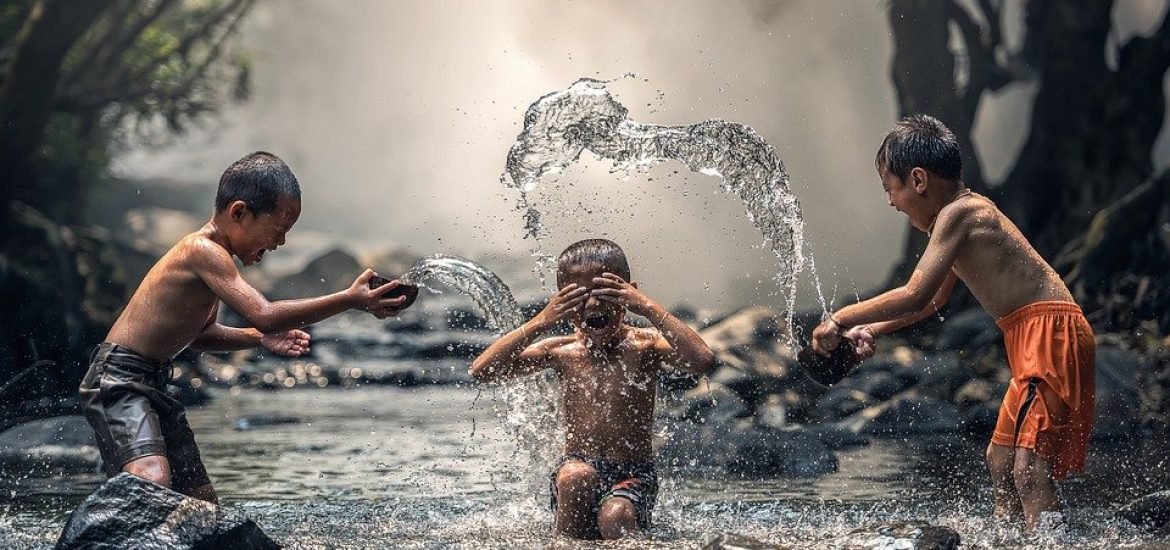
After reviewing over 30 studies about microplastics, a Norwegian team of researchers confirmed that these tiny bits of plastic can be found in the placenta and newborn babies, according to a study published in the journal Environmental Health Perspectives.
“It’s quite possible that children are more exposed to microplastics than adults, similar to children’s greater exposure to many other environmental toxic chemicals,” said Kam Sripada, a neuroscientist from the Norwegian University of Science and Technology (NTNU) and head of the Centre for Digital Life Norway (DLN), a national centre for biotechnology, research, and innovation. “No one knows exactly how much microplastic a child ingests. But several studies now suggest that today’s children absorb microplastics in their bodies as early as at foetal age. This is concerning.”
Despite several groups analysing the presence of microplastics in different settings, there is still a lack of research regarding children’s exposure through breast milk, milk formula, and baby care products, as well as when they attend school or at home. The authors believe this is due to current limitations to analyse extremely small particles. “Although a lot of research is being done on microplastics, studies on the health effects of these plastic particles are limited. This applies especially to the effects on children,” said Martin Wagner, an associate professor of biology at NTNU.
We know that during gestation and childhood, babies and children are especially vulnerable to toxic chemicals in the environment, as well as micro- and nanoplastics. Still, very few studies have looked at how much plastic children actually ingest as they grow up.
Children come in contact with microplastics in a variety of ways. It starts very early, and even during pregnancy they can absorb plastics through the placenta. Microplastics are also present in many different products, including baby bottles, toys, clothes, and food packing.
Ways to reduce the amount of plastic
As advice for parents, the authors suggested several ways to reduce the amount of plastic that children are exposed to daily. This is very difficult because microplastic particles just end up in household dust, and children come into contact just by being inside the house. “It’s almost impossible to prevent children from ingesting plastic,” Sripada said.
- Reduce the amount of food that children eat that has been in contact with plastic as much as possible. Use paper bags when shopping.
- Clean the house regularly to remove dust, which contains microplastics.
- Chose personal products carefully and pick varieties using less plastic.
- If you’re upgrading your home, choose building materials that don’t contain PVC or other types of plastic.
Microplastic isn’t just plastic
The worry for children is that microplastic isn’t just plastic. It also contains a variety of toxic chemicals. For example, plastics often contain phthalates and metals for colour or as a biocide, which can be highly toxic for humans. Also, plastics from tires are coated with air pollution and car exhaust chemicals.
“Nano- and microplastics are so minuscule that they can travel deep into the lungs and can also cross into the placenta. At the same time, they transport dangerous chemicals with them on their journey. That’s why we believe that nano- and microplastics can be a health risk for children,” said Sripada.
Researchers are aware of the dangers, but understanding this mix of chemicals in microplastics is a challenging process. The Norwegian team is now calling for more research in this field, focussing on the impacts in children’s lives, including the effect on pregnant women and how plastics can be transferred to the foetus. “It’s difficult to study microplastics in the body and even more difficult to do research on nanoplastics,” said Wagner.
Although parents must be aware of the problem and do whatever they can, controlling this needs more than just individual action. Both central and local authorities can do a lot to manage this problem and ensure the public is exposed to the least amount of plastic possible. For example, regulations for toys and other baby products vary worldwide, which means children are exposed to different amounts of plastic depending on where they live. The Norwegian research group defends that industries that manufacture products for children need to make sure they leach as little plastic as possible.
“The authorities and industry bear the responsibility. We strongly encourage them to uphold the precautionary principle,” concluded Sripada.